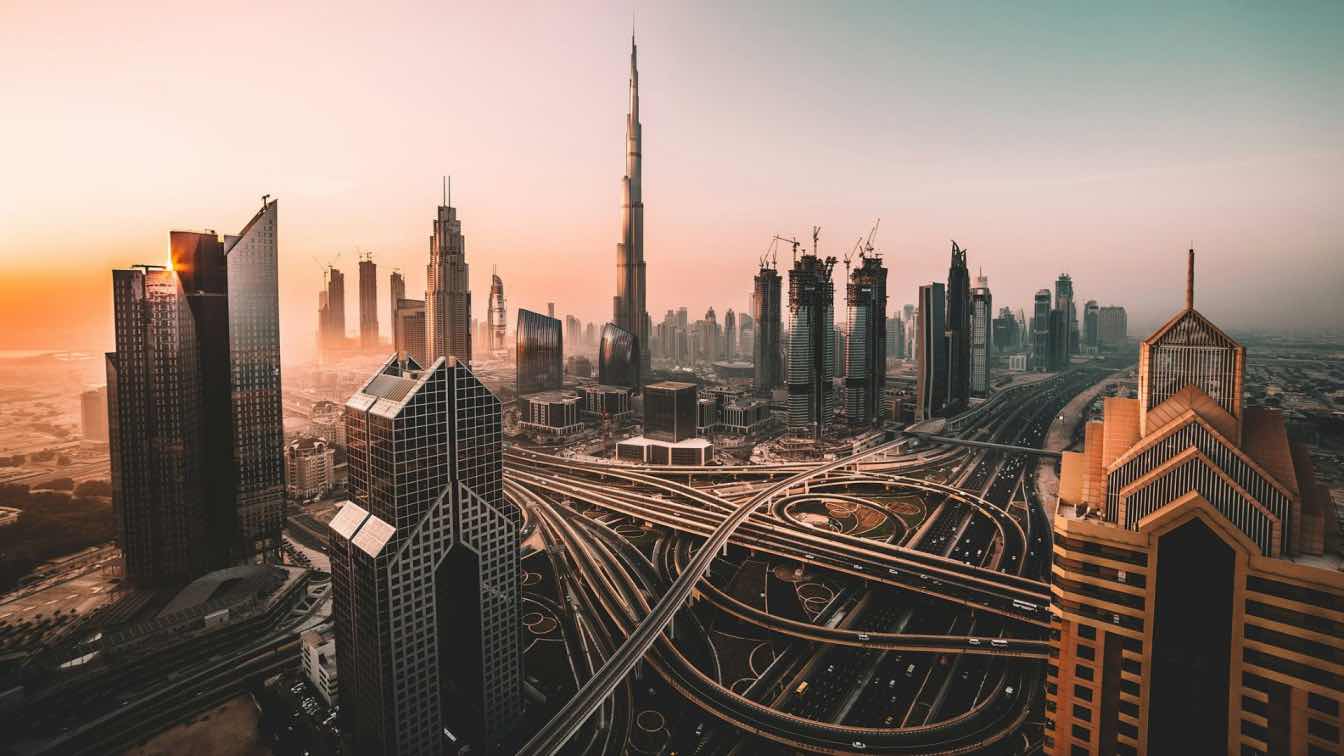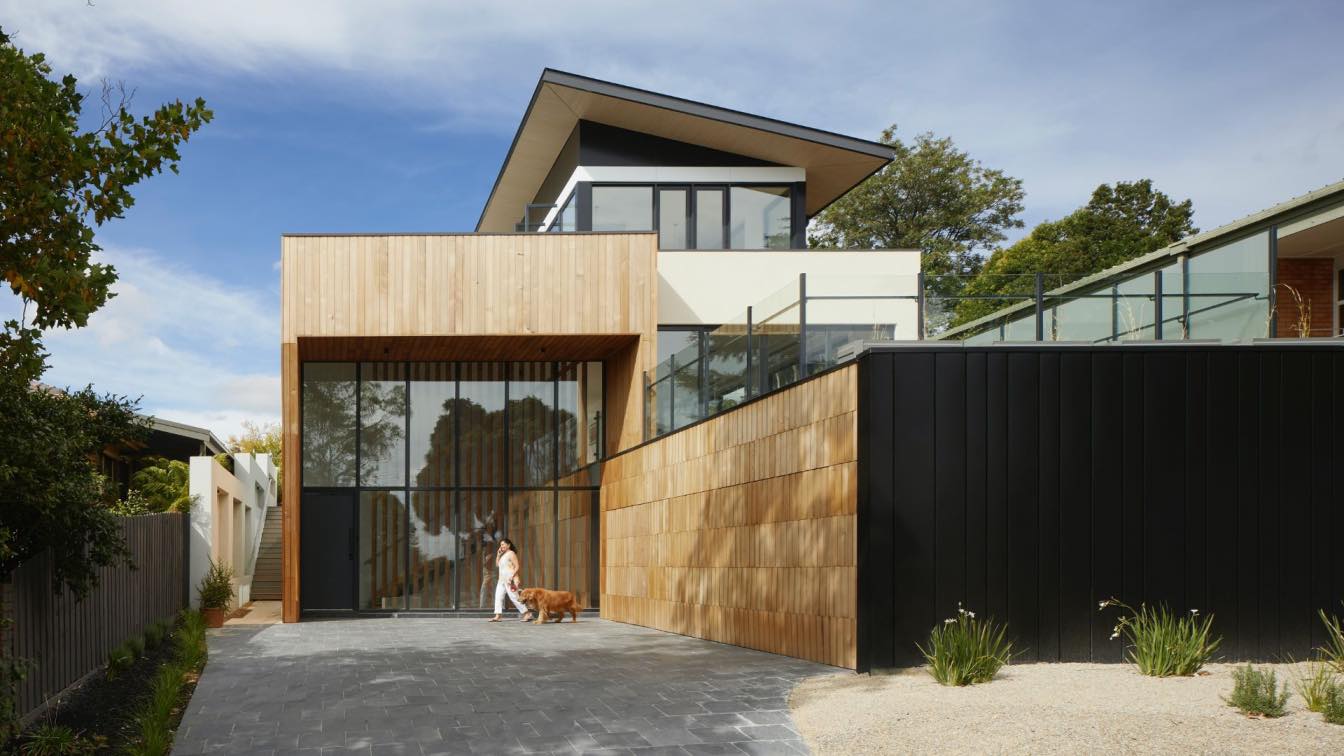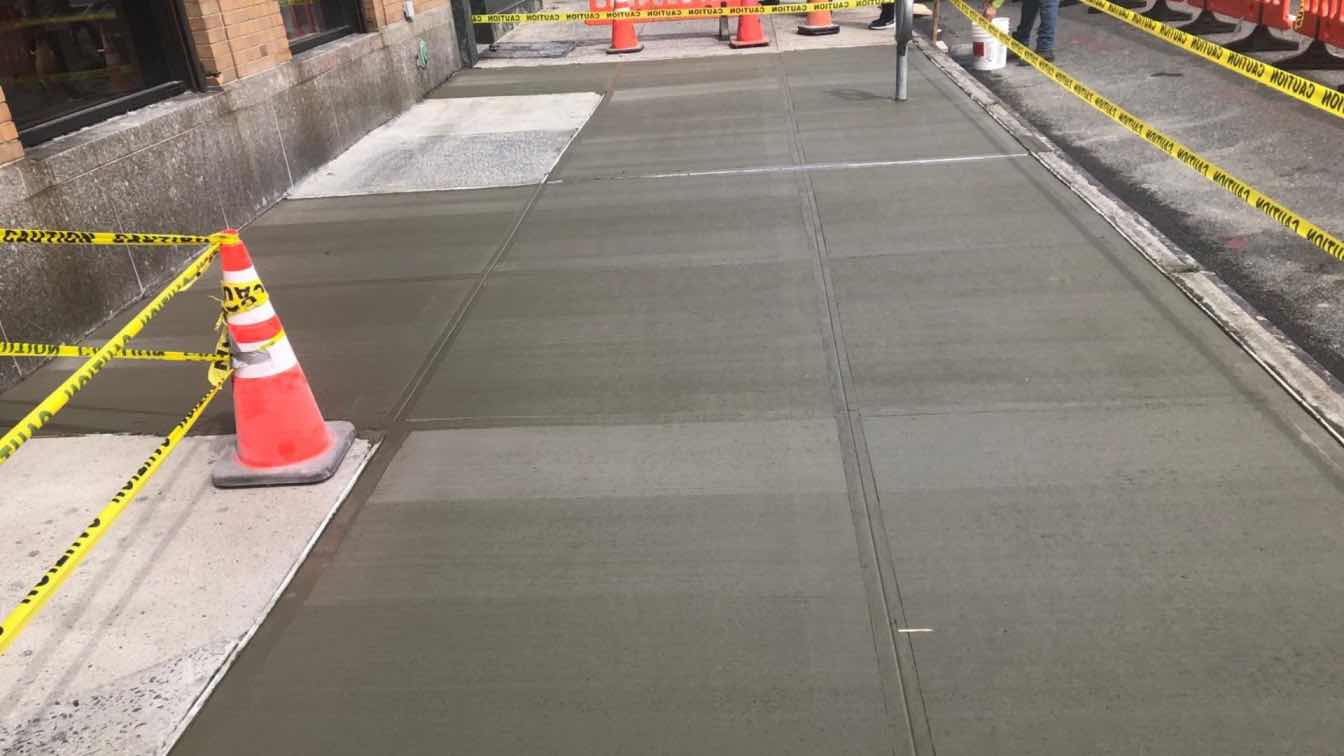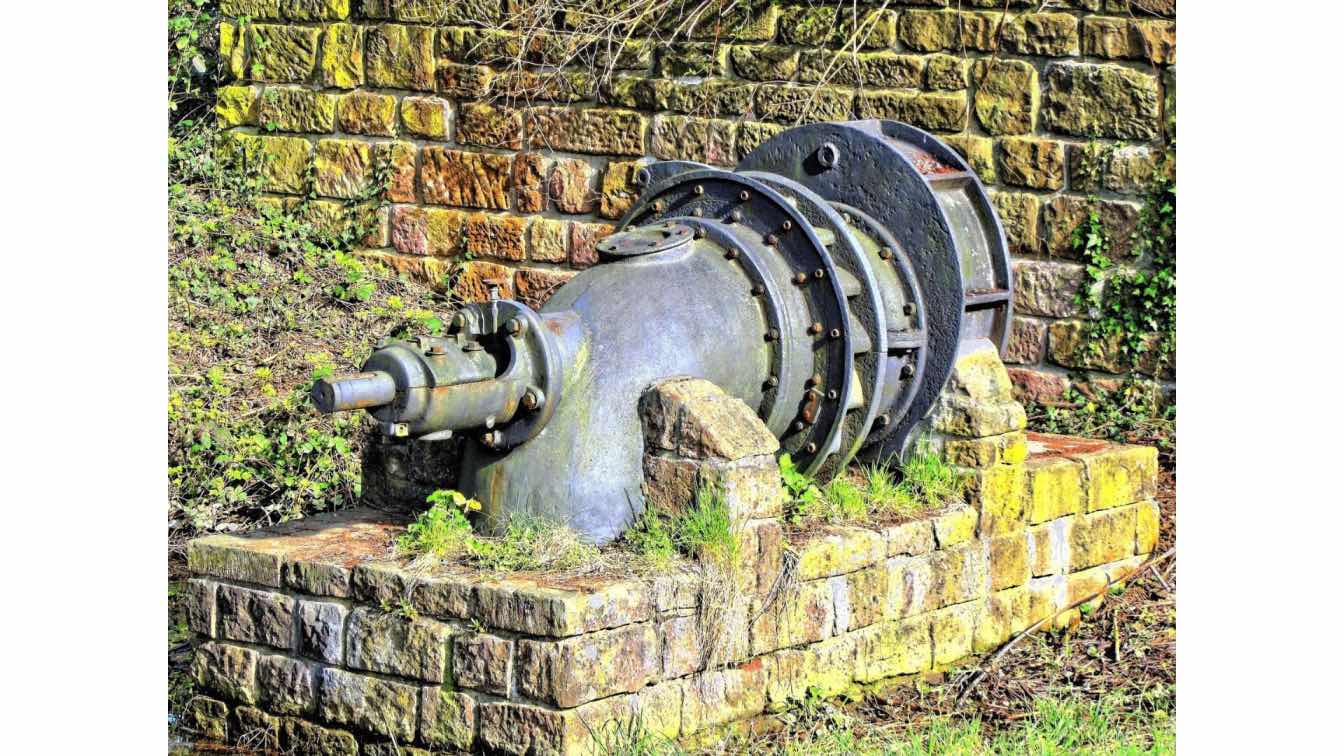The synergy between architecture and technology has evolved into a distinguishing characteristic of modern metropolitan environments in the fast-changing environment of today. Cities all around are stretching the bounds of architecture and combining innovative technologies with artistic buildings meant to change the skyline. These towns highlight future ideas, sustainable architecture, and tech-driven places appealing to a new generation of visitors, not only about highlighting historical sites.
Investigating these excellent sites provides a window into the engineering and design future. Visit Holafly to find out more about flawless travel experiences as you start this architectural adventure, where every structure offers a tale of vision for a more innovative, more sustainable future.
Singapore: An Ideaual Smart City
One great example of a smart city that deftly combines architectural genius with modern technologies is Singapore. Marina Bay Sands, a remarkable example of modern architecture that rules the skyline, is at the core of this city. Rising with its famous three towers and infinity pool above, the structure epitomizes luxury and creativity.
Not much distant, Gardens by the Bay is evidence of environmentally friendly architectural creativity. With innovative technologies applied to effectively manage energy and water, the Supertree Grove and the Flower Dome not only challenge the envelope in design but also highlight Singapore's dedication to sustainability.
The Jewel at Changi Airport, meanwhile, deftly combines modern design with the environment. Surrounded by verdant surroundings, the fantastic indoor waterfall adds to the airport's standing as one of the most tech-forward and gorgeous travel destinations.
Dubai: The Peak Tech-Driven Skyline
Dubai is well-known for its futuristic skyline, in which architectural ambition meets innovative technology. Rising as the highest structure in the world, the Burj Khalifa epitomizes modern design and engineering expertise. It offers incredible vistas and a symbol of Dubai's will to lead on the international scene, therefore stretching the boundaries of what is achievable.
The Museum of the Future is another architectural wonder as it blends sustainable buildings with AI-driven exhibitions. It acts as a center for creativity and emphasizes Dubai's will to forward technology inside its metropolitan fabric. The tremendous open heart of the skyscraper represents the limitless opportunities of the future.
With its distinctive twisting form that produces a tremendous visual impact as it spirals toward the heavens, the Cayan Tower enhances Dubai's well-known profile. This twisting skyscraper is a perfect example of how engineering and architecture may combine to produce something aesthetically pleasing and valuable.
Tokyo: Digital Innovative Metropolitan
Tokyo, where digital innovation and design meet, is a shining example of modern architecture; Shibuya Scramble Square shows this dynamic mix where one of the busiest crossroads in the world is turned into a center of cutting-edge design. With its panoramic vistas and multi-level construction, the skyscraper offers practicality and visual appeal by symbolizing the blending of urban density with architectural ingenuity.
TeamLab Borderless redefines the limits of interactive art and technology. Offering visitors a sensory experience that questions traditional space ideas, this immersive museum deftly combines art, light, and digital technology. The always-changing digital artworks create an atmosphere that blurs the boundaries between fantasy and reality.
At last, the Tokyo Skytree is an engineering wonder that combines modern technology with cultural beauty. While its sleek, futuristic architecture guarantees it stays a symbol of Tokyo's dedication to innovation, this famous skyscraper provides fantastic vistas of the city and beyond.
Copenhagen: The Sustainable Tech Hub
Particularly in sustainable architecture and tech-driven urban life, Copenhagen is globally leading. Among its most outstanding works, The 8 House questions accepted ideas about urban planning. Combining public, business, and residential areas in a way that supports community interaction and eco-friendly living, this mixed-use development's unusual figure-eight form minimizes the need for artificial energy sources by optimizing natural light and ventilation.
Another famous building is CopenHill, a power plant with dual use as a leisurely ski slope. This fantastic structure offers a leisure area for residents and turns trash into energy, reflecting Copenhagen's dedication to sustainability and creativity. Green roofs, public places, and renewable energy generation together define a new benchmark for sustainable architecture.
Finally, BLOX represents a contemporary center for smart infrastructure and creative minds. Comprising a variety of startups and innovation hubs, it combines contemporary architectural styles with sustainable design ideas. Blox not only encourages imagination but is also evidence of Copenhagen's ability to deftly combine technology with urban development.
San Francisco: Architectural Marvels of Silicon Valley
Nestled in the center of Silicon Valley, San Francisco has some of the most creative and futuristic architecture seen anywhere. One such shining example is Apple Park, the modern campus built to encourage innovation and teamwork in the business. Its circular, open architecture not only redefines workstation arrangement but also combines sustainable elements like natural ventilation and renewable energy, guiding office building direction.
The Salesforce Tower, a high-tech skyscraper that blends elegant modern design with sustainable architecture, is another iconic feature of San Francisco’s skyline. Standing as the highest structure in the city, it represents both environmentally friendly development and technical advancement. Emphasizing green construction techniques and energy-efficient technology it shows how urban design may mix environmental responsibility with utility.
Furthermore, the interactive museum The Exploratorium combines technology and design to provide a dynamic environment that inspires learning and innovation. Further supporting San Francisco's status as a center for architectural innovation, the museum shows how architecture can be instructive and immersive, with exhibitions engaging visitors with tactile, visual, and digital interactions.
Conclusion
The cities investigated in this paper provide a fascinating window into the future of urban landscapes, where sustainability, creativity, and technology mix to produce sites beyond conventional building design. From Singapore's environmentally friendly skyscrapers to San Francisco's high-tech wonders, these locations are influencing our perspective of the cities of the future.
These cities stand out for the significant part of technology and sustainability that contributes to developing contemporary architecture. These cities' structures and urban designs testify to what is feasible when architecture embraces both cutting-edge technology and environmental responsibility as the globe evolves toward a more linked and eco-conscious future. Each of these destinations challenges conventional thinking and presents new ideas on how urban areas can operate, grow, and thrive in a rapidly changing world.
FAQs
1. What makes a city a top architectural destination for tech-savvy travelers?
Combining innovative design, smart infrastructure, and sustainable technology makes a city appealing to tech-savvy travelers. Cities like Singapore, Dubai, and Tokyo integrate futuristic architecture with digital advancements.
2. Which architectural landmark best represents the future of design?
The Museum of the Future in Dubai is a prime example, featuring AI-driven exhibits, parametric design, and a sustainability-focused structure.
3. Are these destinations suitable for eco-conscious travelers?
Yes! Cities like Copenhagen and Singapore are leaders in green architecture, with buildings designed for energy efficiency and minimal environmental impact.





